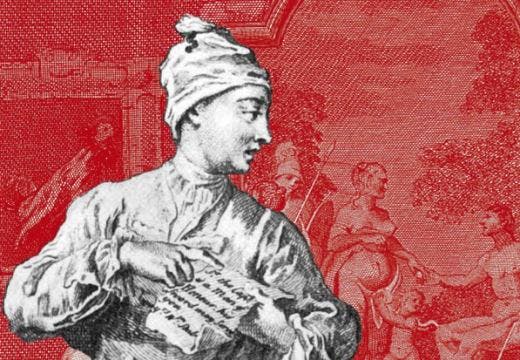Germany’s newly formed coalition government recently announced that it is looking at the possibility of lowering the value added tax (VAT) rate on commercially traded works of art. Until 2014, sellers and buyers of art benefited from a reduced VAT rate of 7 per cent; currently, a flat rate of 19 per cent is applied to all services and products generated in the country, including art. The reduction currently under consideration could significantly boost the German art market, providing particular support for the regional galleries operating on a local level.
After the fall of the Wall in 1989, parallel art markets developed in Germany. In the old west, art continued to be circulated mostly within the country, while a more globally connected art market formed in Berlin. The capital began drawing galleries from the former West Germany as well as from abroad, initiating the Berlin boom of the late 1990s. Today, many of its galleries function as exporters of local and international art production. I personally know of a few British and American expats with galleries in Berlin who have no German collectors. Even some of Berlin’s more established ‘local’ galleries sell the bulk of their wares to collectors and institutions abroad. Meanwhile, other galleries from what had been West Germany have opened second spaces outside of the country – Düsseldorf’s Beck & Eggeling in Vienna is a prominent example. Crucially, these sales are not affected by the 19 per cent VAT rate, since they are exports.
In the meantime, younger Berlin-based galleries working with a new generation of artists, many not yet represented abroad, are building networks of German, even Berlin-based collectors. And the bulk of galleries in cities in the former western part of Germany also operate on a more local or regional level – with a handful of notable, internationally renowned exceptions: the Buchholz, Nagel Draxler, Gisela Capitain and Michael Werner.
In comparison with their more globally connected counterparts, mid-level galleries reliant on the local market, selling young or lesser-known artists to German collectors and institutions, are unfairly suffering from the high VAT rate. This is compounded by the mandatory 4 per cent artist insurance tax, applicable to all sales of art regardless of where the art was made or bought. (Very few visual artists actually benefit from this social security system, which primarily serves freelance creative professionals such as dancers, actors or graphic designers.)
After four years under the 19 per cent VAT rate in Germany, I have noticed a diminishing number of young galleries opening. There are of course exceptions – in Cologne, we have young stalwarts like Jan Kaps, Drei Gallery, Berthold Pott, Bene Taschen and the London-based Rob Tufnell who opened a space here a couple of years ago. Most of the artists represented by these galleries are actively collected abroad, not within Germany.
Germany’s strength lies precisely within its robust middle to upper middle class, which is generally very well informed on arts and culture. The bulk of our collectors attending Art Cologne fall within this group of upper-middle-class individuals spending between €20,000 and €150,000 a year on art. No other country in Europe has such a high number of ‘normal’ people buying art. The revenue may be peanuts when compared with one of the Russian oligarchs or Chinese buyers spending hundreds of millions a year, but these buyers are the backbone of what make Germany an important and relevant art market. It is this group which is discouraged by the higher costs of buying art by young and emerging artists based in Germany, and which would be boosted by the reduced VAT rate currently under consideration.
Daniel Hug is art director of Art Cologne.
Unlimited access from just $16 every 3 months
Subscribe to get unlimited and exclusive access to the top art stories, interviews and exhibition reviews.














![Masterpiece [Re]discovery 2022. Photo: Ben Fisher Photography, courtesy of Masterpiece London](http://www.apollo-magazine.com/wp-content/uploads/2022/07/MPL2022_4263.jpg)
It’s time for the government of London to return to its rightful home